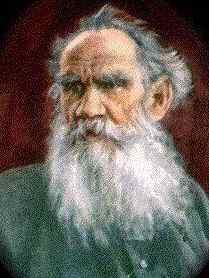
[From Book Review]
[. . .]
About whether, for instance, as more of its citizens come from non-European backgrounds, the United States will change its idea of its cultural heritage. Or whether, considering the occasional tawdriness of whites’ behavior toward minorities in centuries past—displacing Indians, enslaving Africans, deporting Chinese—there is cause to worry about race relations once the shoe is on the other foot.
[. . .]
Hispanic,” as defined by the Census Bureau, as well as by common sense, is not a race. It is rather a designation of immigrant provenance that has been applied in ways ever more bizarre as the years have passed. It classifies people by national language—not the language of the immigrant—so that a youngster from the Dominican Republic gets lumped together with an Indian from the Bolivian highlands (even if that Indian does not speak Spanish),
[.. .]
Ethnic lobbies, too, mix foreigners and Americans, non-citizens and citizens, under the same “Hispanic” category, in a way that renders meaningless many of the statistics that rank their progress.
[. . .]
Ethnic lobbies, too, mix foreigners and Americans, non-citizens and citizens, under the same “Hispanic” category, in a way that renders meaningless many of the statistics that rank their progress.
[. . .]
Should whites cease to be the majority, they will then become, by definition, just another subgroup. They show signs of following the interest-group logic that, since the 1960s and especially in the last decade, has “racialized” the politics of all other subgroups. “[T]he social, economic and demographic makeup of the white population is becoming ever more distinct,” Frey writes, also noting their increasing tendency to vote Republican.
[. . .]
“Diversity” is leading us down an ominous and unfamiliar stretch of road.
http://www.claremont.org/article/the-browning-of-america/#.VQnRnY7F95J
The Browning of America
By: Christopher Caldwell
Book Review:
A review of Diversity Explosion: How New Racial Demographics Are Remaking America, by William H. Frey. - See more at: http://www.claremont.org/article/the-browning-of-america/#.VQo3qt0--yO
Posted: March 9, 2015
This article appeared in: Volume XV, Number 1






No comments:
Post a Comment